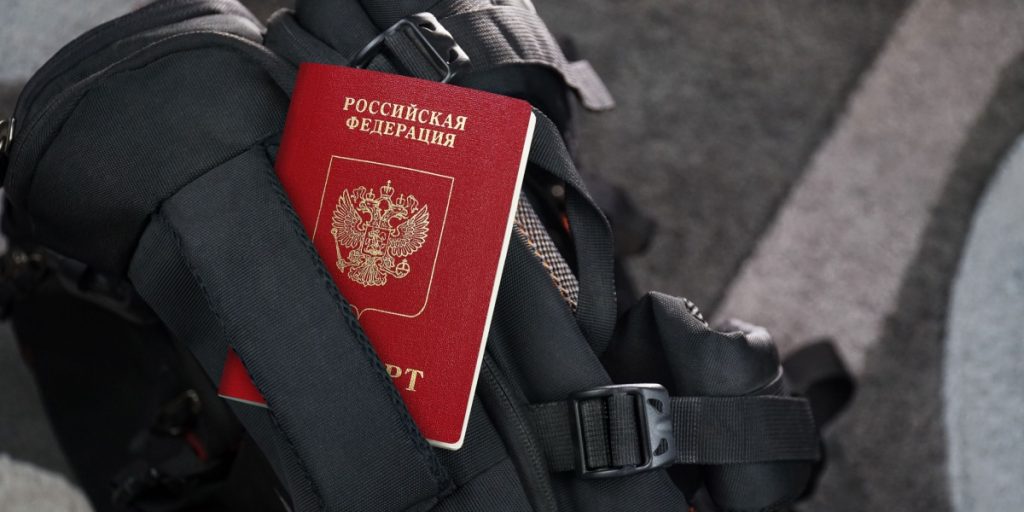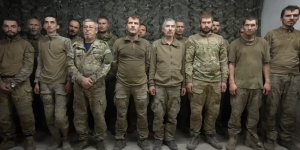This massive population shift aims to cement control over annexed regions.
Others are reading now
Russia has reportedly set in motion a plan to resettle at least 5 million people—presumably from within its own borders—into Ukrainian territories currently under Russian occupation by the year 2030.
The plan was disclosed during the “Integration-2025” forum held in Rostov-on-Don earlier this April.
The plan would more than double the population of occupied areas in Donetsk, Luhansk, Zaporizhzhia, and Kherson—excluding Crimea—from fewer than 5 million today to 10 million by the end of the decade.
According to Petro Andriushchenko, former adviser to the mayor of Mariupol and head of the Center for the Study of Occupation, the Kremlin’s projections are likely overstated given current realities on the ground.
Also read
He also pointed out that migrant workers from Central Asia are already present in large numbers, working on reconstruction projects across the war-ravaged regions.
Forced integration and Russification policies
According to United24 Media, this latest development is part of a broader Russification campaign in the occupied territories. Key tactics include:
- Forced relocation of Ukrainian children to Russian-controlled areas, often to so-called “re-education” camps
- Legal pressure to adopt Russian citizenship, with those refusing classified as “foreigners” as of January 1, 2025
- Loss of civil rights for Ukrainians who reject Russian documents, including access to pensions, healthcare, employment, and property rights
- Deportation threats and higher taxes for non-compliance
These measures are designed to make everyday life untenable for Ukrainians who resist assimilation, effectively forcing them to either accept Russian rule or leave.
Questionable population statistics
One focal point of the Kremlin’s messaging has been the city of Mariupol, heavily damaged during Russia’s siege in 2022.
Russian-installed officials claim that 329,000 people have “returned” to the city—a figure suspiciously close to the city’s total adult population in 2014, before the war.
Andriushchenko dismissed the claim as propaganda, noting it doesn’t account for those killed, displaced, or still living in evacuation.
To support the resettlement and present an image of recovery, Russian authorities have promised infrastructure investments, including a long-promised maritime corridor between Mariupol, Berdiansk, and Yeysk. But critics say that progress has been minimal on such projects since they were first announced in 2022.
Meanwhile, a shortage of local labor has led to heavy reliance on migrant workers from Central Asia, with many reportedly housed in temporary barracks while working on construction and transport projects.
Observers and international rights groups have described the Kremlin’s resettlement and citizenship policies as a form of demographic engineering, intended to alter the identity and political leanings of occupied Ukrainian territories.



